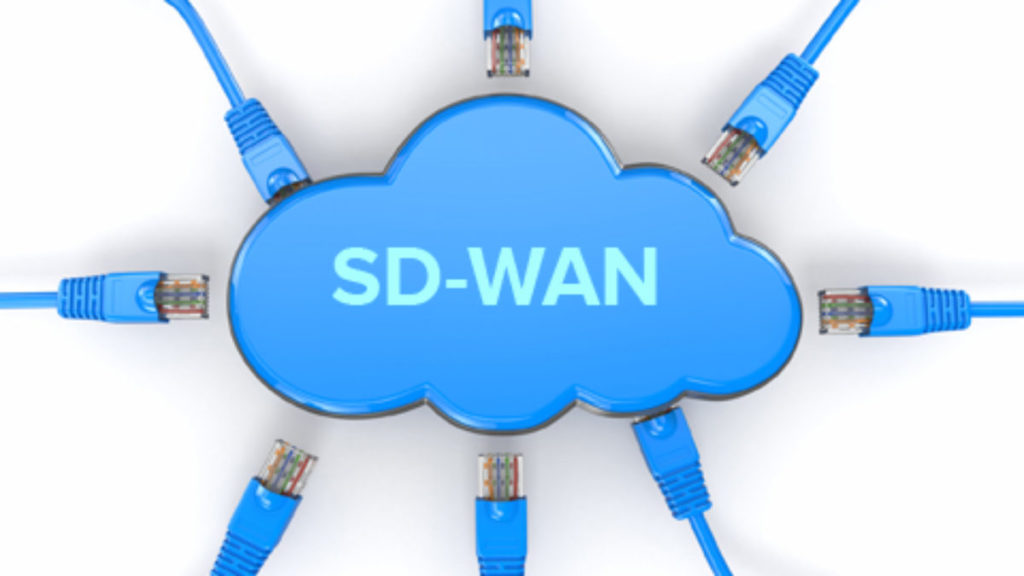SD-WAN makes network management more accessible and faster and can lower costs. It also offers higher bandwidth and improved security. However, SD-WAN is generally considered a separate configuration from a traditional WAN. Despite this, there are many similarities between these two technologies.
Lower cost
One of the top benefits of sd-wan is the reduced cost of managing the network. This solution offers automated and centralized management functions, eliminating the need for highly trained network engineers. As a result, SD-WAN helps organizations reduce the cost of their WAN by 1.5%. Additionally, it enables organizations to use cloud-based firewalls, rulesets, and security policies across the entire network.
Compared to traditional MPLS, SD-WAN can significantly lower the cost of circuits and hardware. It can also be used with multiple internet providers and a value-added reseller model, resulting in a lower overall price. SD-WAN also reduces the time and effort required to configure equipment, test, install, and perform ongoing tasks.
Another significant benefit of SD-WAN is lower maintenance and operational costs. With fewer servers and a smaller workforce, SD-WAN systems can reduce costs. In addition, less maintenance and problems can be avoided. Users don’t have to learn complicated commands to use the system. However, the higher-tier systems often have high licensing costs. An excellent example of such a solution is Vedge, which offers low-cost hardware and software.
Improved security
One of the primary reasons SD-WAN is gaining popularity is the increased security it can provide. However, while MPLS models are great at encapsulating traffic and identifying unauthorized connections, they do not encrypt data. This means that malicious individuals can exploit authorized connections and steal information. Additionally, disgruntled employees can cause problems by logging on to network systems that have access to critical information. Fortunately, SD-WAN solutions are designed to protect such sensitive information and reduce the amount of security spending.
The centralized nature of SD-WAN also allows for better visibility and control of traffic across an organization. This reduces the need for manual configuration and change management. Changing configurations is also easier with SD-WAN because changes can be made quickly and easily. This also reduces the likelihood of human error when making changes to a network.
Security is a critical component of digital transformation but also a significant risk. While digital transformation can improve customer satisfaction and extend market reach, it also exposes organizations to serious security risks. According to a recent survey, 41% of organizations reported increased cybercrime incidents in 2017. Fortunately, many SD-WAN solutions include security built into the platform. However, these solutions often do not provide complete protection. Many only offer basic VPN and firewall functions. The IT team must handle the rest after the fact.
Higher bandwidth
The higher bandwidth benefits of SD-WAN are not limited to cost savings. The flexibility to combine different access technologies, carriers, and hardware is also a key benefit of SD-WAN. For example, companies can use mobile 4G and Internet broadband for low and high-priority traffic.
This technology enables remote branches to connect to the cloud directly. This eliminates the need to backhaul traffic and prioritizes business-critical applications. It also reduces the time and cost of setting up new branches. Further, the ability to route traffic directly through the data center ensures better performance of cloud applications.
Another advantage of SD-WAN solutions is that businesses can easily manage firewalls, virtual private networks, and remote clients. This allows for centralized management control and streamlined traffic routing to trusted providers. It also helps reduce labor costs and equipment costs. Earlier WANs relied on backhauling traffic to data centers, where it was routed based on complex routing protocols.












